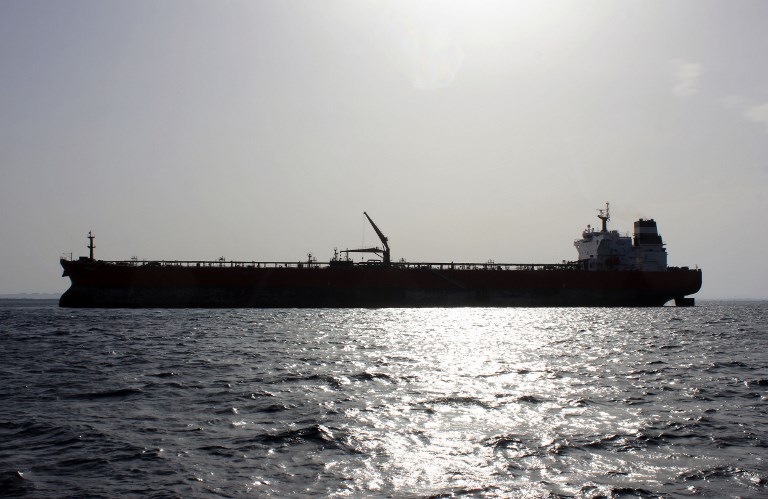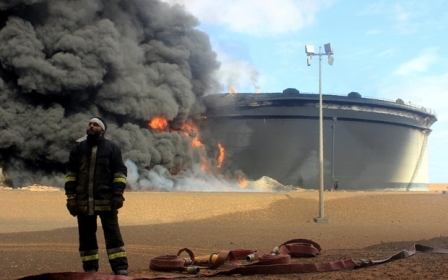Four Libyan oil export ports reopen after closures for bad weather

Four Libyan oil export ports that were closed last week because of bad weather have reopened, a Libyan shipping source and port engineers said on Sunday.
Tankers were docking at the eastern Ras Lanuf, Es Sider, Zueitina and Brega ports as well as the western Zawiya terminal linked to the El Sharara field, they told Reuters.
On Friday, state oil company NOC said bad weather had forced shutdowns at the Ras Lanuf, Es Sider, Zueitina and Zawiya terminals. Only the western Mellitah port remained closed because of bad weather, the shipping source said. NOC could not be reached for immediate comment.
Libya's output has skyrocketed in the latter half of the year to its highest level in more than five years, reaching 1.3 million barrels per day (bpd), NOC reported on 14 November. This is more than double its June production of 500,000 bpd, and NOC said in October the country is targeting an increase to 1.6 million bpd, CNBC reported.
The North African country of 6.4 million has been struggling to rebuild its energy industry since the 2011 revolution that ousted longtime leader Muammar Gaddafi and the ensuing collapse in central power, CNBC said. Authority is now contested between rival governments in the country's east and west, each supported by different external powers and tribal factions.
Before 2011, Libya was producing about 1.6 million bpd.
NOC had said on Friday that production was down by 150,000 bpd, with a further drop of 50,000 bpd expected because of a lack of storage capacity. Storage tanks at Es Sider were expected to fill within two days.
Production from the country's Sharara oilfield, which exports crude from Zawia, is expected to fall by 150,000 bpd if the bad weather persists, NOC said on Friday.
Still, NOC has restarted wells shut for years as security has improved in some areas, while oil majors including BP have said they will revive long-delayed exploration plans.
Priced for its proximity to key European markets and crude quality, Libyan oil has recently been in demand as a substitute for Iranian crude hit by US sanctions.
Middle East Eye propose une couverture et une analyse indépendantes et incomparables du Moyen-Orient, de l’Afrique du Nord et d’autres régions du monde. Pour en savoir plus sur la reprise de ce contenu et les frais qui s’appliquent, veuillez remplir ce formulaire [en anglais]. Pour en savoir plus sur MEE, cliquez ici [en anglais].




